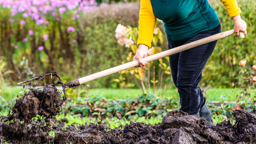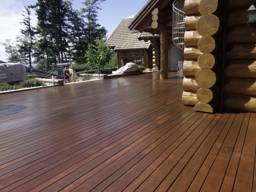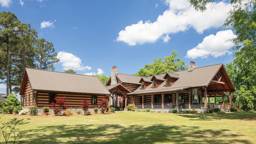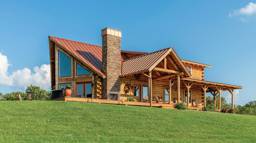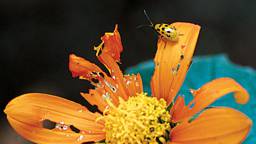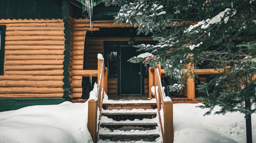
To you, your log walls look like home. But to carpenter ants, termites and powder-post beetles, they resemble something more akin to a Thanksgiving feast.
"Trees can naturally ward off wood-eating bugs and other destructive organisms as long as the tree stays alive. When the tree dies, these organisms start immediately to reduce the wood back to dirt, all while living well on the woody fibers of the tree,” explains Doug Parsons, president of West Virginia-based Appalachian Log Structures. “It’s the natural order of things.”
It may be natural in the forest, but it’s definitely not want you want when it comes to your house. Log home manufacturers use a variety of techniques for warding off log home pests, but according to Doug, borate is one of the most common. There are several ways to treat timbers with borate. One starts with a kiln-drying process.
Kiln drying raises the temperature of the wood while essentially baking the moisture content out of the log. This serves two purposes: It helps it stabilize in its environment faster than if left to dry naturally, and it takes away the appeal of the wood fibers as a food source. (Plus, it kills anything already living there.)
Once dried, a non-toxic borate solution is applied to the surface. The downside to this method is that the borate may not penetrate as deeply as needed or sufficiently find its way into the end grain of the logs.
“The other path is to subject the wood to a vacuum or high pressure and adding the borate solution during this process, forcing it deep into the wood,” says Doug.
Under pressure, the borate solution is easily forced through the sap wood and into the end grain of the log corner notches, butt joints and log ends at the door and window openings and corners.
“This method adds the protectant in a consistent quantity using a trusted and well documented process, that also helps ward off the possibility of rot from water infiltration,” he explains.
In both cases, apply stain and wood preservative to further protect the wood from moisture and the harsh effects of the sun’s UV rays. Doug recommends products like Outlast Q8 by CTA, a registered preservative and wood-end treatment fully recognized by the American Wood Protection Association. Another option is an ISK Biocides/WOODguard product called BEE Gone®, an EPA-registered insecticide which is applied to wooden structural surfaces on the exterior of the home. BEE Gone® controls carpenter bees and many other wood-destroying insects.
No matter how your logs are treated, it’s important to keep an eye out for “checks” — the natural cracks that occur in wood as fibers dry and separate. Though checks shouldn’t impact a home’s structural stability, they can create cozy quarters for insects to nestle in, and that could cause damage. Make sure to seal checks early before they cause problems. Products like Perma-Chink Systems’ Check Mate 2 resolve the issue and are easy for the DIYer to apply. Before applying any treatment, make sure it’s the best product for your geographic area and that it’s compatible with the other stains and preservatives applied to your logs.
The truth is that all homes, not just log homes, face the possibility of insect infiltration. The good news is that in a log home, the wood is fully exposed — not hidden behind layers of drywall and insulation like the wooden members of a stick-built house. Keeping a watchful eye will make sure that nature’s creepy-crawlies won’t have the chance to bug you.




